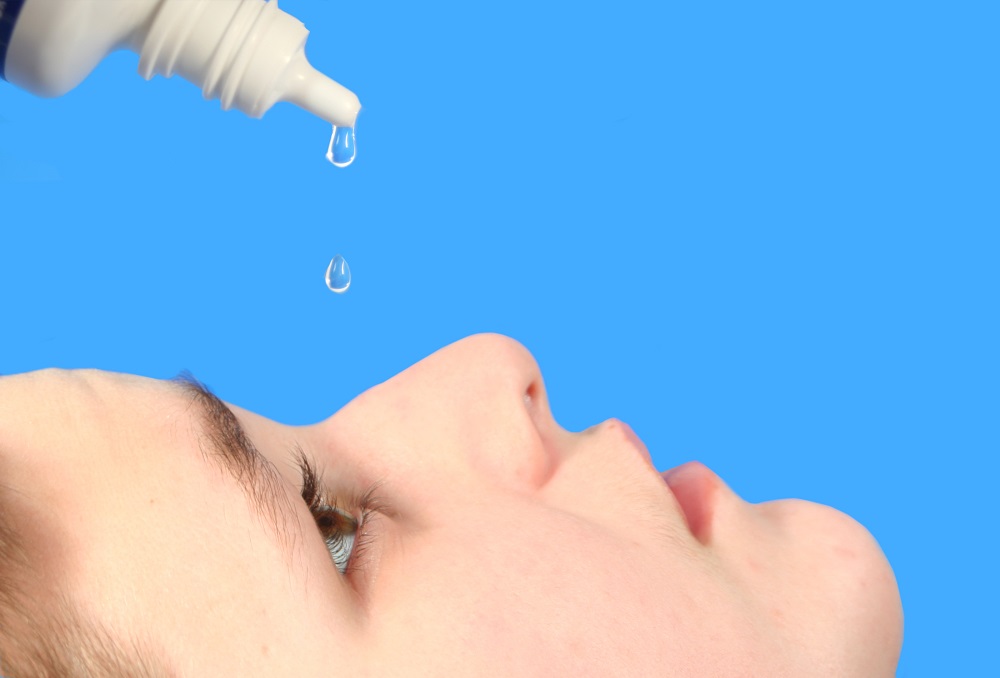LASIK corrective eye surgery continues to be one of the safest, and fastest types of surgery available today. In spite of its reputation as a streamlined procedure with a high-success rate, the problem of post-operative dry eyes persists in more than 95% of patients.
As of writing this article, Doctors and Researchers do not have a definitive answer as to why LASIK eye surgery causes dry eyes, but there are prevalent theories:
- Since the procedure requires the cutting and reshaping of corneal tissue, the communication between the cornea and tear ducts may temporarily be affected.
- Inflammation from the procedure itself.
- Loss of conjunctival goblet cells due to the suction device used when creating the “LASIK flap” from the outer cornea — this happens whether a microkeratome or a femtosecond laser is used to create the flap.
- The new shape of the cornea may affect the way it physically interacts with the eyelids, affecting blinking and consequently, tear production, which leads to dry eyes.
- Chronic dry eyes pre-op may serve to exacerbate the expected dry eyes post-op.
In most cases, however, post-op dry eyes corrects itself after 6 to 12 months, with most patients only suffering from mild cases which can be remedied at home.
Difficulties of Having Dry Eyes
Considering how much we rely on our sense of sight for both work and play, anything that causes our eyes to perform sub-optimally is a major inconvenience.
A stinging, burning sensation is one of the most common complaints, which is often aggravated by light sensitivity; making work in front of a computer, as well as leisure using your smartphone less than enjoyable.
Eye redness can be unsightly, as well as a build-up of thick mucus around the eyes. Eye fatigue, blurred vision, and watery eyes, which is ironically the body’s response to dry eyes, can also make it difficult to focus on any task for extended periods.
Prescription eye drops, as well as other recommended medication and supplements also add to post-op care costs.
LASIK Dry Eye Risk Factors and Assessment
Through a thorough examination of the patient’s eyes, in tandem with an extensive review of their medical history, eye doctors can determine the risk of persistent dry eyes post LASIK surgery. For example, patients who already have a history of dry eyes, as well as excessive eye fatigue, may take longer to recover from post-op dry eyes.
Incidentally, patients who opt for LASIK eye surgery tend to suffer from dry eyes to begin with due to their use of contact lenses.
Eye doctors may also perform dry eye screening tests to check if the patient is suffering from dry eyes, and to what extent:
- A schirmer test involves placing a thin piece of paper just below the patient’s lower eyelid to measure tear production.
- An MMP-9 test involves taking a small sample of your tears for testing to check if you’re susceptible to inflammatory dry eyes after LASIK surgery.
- Keratometer imaging can be used to assess a patient’s tear film without making contact with the eye’s surface.
Based on the results of your pre-op assessment, your eye Doctor should provide sufficient counsel on what you should expect post-op concerning dry eyes, among other factors.
Pre-Op Dry Eye Prevention
Your eye doctor may prescribe oral supplements such as flaxseed oil and fish oil in order to help bolster your tear film, and you may be asked to use lubricating eye drops leading up to the day of your surgery as a pre-emptive measure.
Patients are also advised to stay hydrated. This is true for both pre-op prevention, and post-op care, since keeping your body hydrated can help your eyes stay naturally lubricated.
Post-Op Dry Eye Prevention and Care
While there is currently no guaranteed way to prevent post-LASIK dry eyes, studies have shown the best ways to lower its risk of occurrence, as well as assist in natural recovery.
The consumption of “good fats” such as omega-3 fatty acids, either in supplement form or through seafood such as salmon, help promote tear film health, consequently aiding post-op dry eye recovery.
Your eye doctor may also prescribe over-the-counter eye drops, or if necessary, a stronger medicated eye drop solution to help keep your eyes lubricated as you naturally recuperate.
Collagen punctal plugs is another non-permanent solution. This involves the use of tiny organic plugs which serve to block your eye’s natural “drainage” to keep tears on the surface of your eyes for a longer period. These plugs are effective for about 4 days, before completely dissolving after 10 days.
A semi-permanent alternative to collagen plugs are silicon punctal plugs. These do not dissolve after 10 days and stay in indefinitely.
Finally, as previously stated, the simplest way to help you recover from post-LASIK dry eyes is to stay hydrated.
References:
https://www.ncbi.nlm.nih.gov/pmc/articles/PMC3235707/

